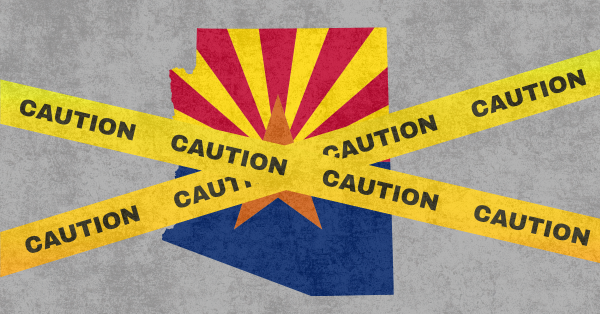Executive Summary
In 2023, AT&T announced a 50/50 joint venture with the investment firm BlackRock to form an open-access fiber network company called Gigapower, with AT&T Fiber as the anchor tenant.1 The Communications Workers of America (CWA), which represents the majority of AT&T’s frontline workforce, has closely tracked the Gigapower build-out in several markets.
This report is the first in a series of market spotlights looking at Gigapower’s deployments nationwide, and finds the following:
- Gigapower puts public safety and public assets at risk by improperly vetting the dozens of contractors building its network.
- Gigapower is using at least 35 contractors on its deployments across nine states.
- In two cities in particular – Mesa, Arizona and Bloomington, Minnesota – Gigapower contractors have been responsible for nearly 450 incidents of damage to the public right of way, and dozens of preventable underground utility hits.
- Gigapower’s workforce model is fraught with exploitative, low-road employment practices.
- These practices include the use of independent contractors and temporary staffing agencies that do not provide workers safety training or personal protective equipment to build the network.
- Major Gigapower contractors have track records of labor law and safety violations.
- Gigapower itself does not appear to employ any technicians building the network.
- AT&T's fiber strategy contributes to the erosion of telecom job quality and stability.
- AT&T’s aggressive strategy to partner with BlackRock to deploy fiber using networks of nonunion contractors contributes to the financialization of broadband. The short-term focus on profits through outsourcing – or fissuring – of work erodes the quality and stability of family-sustaining telecommunications careers.
These findings of widespread labor abuses and poor quality work on Gigapower projects underscore CWA’s belief that AT&T and BlackRock’s Gigapower business model is harmful to workers and communities. As such, CWA recommends policymakers and investors take the following steps to ensure that Gigapower’s fiber deployments support good jobs, protect communities, and provide long-term value creation:
- Understand Gigapower’s workforce plan
- Broadband decision makers should be vigilant and require Gigapower to present a robust and detailed Workforce Plan ahead of any agreement, permit, or funding issuance. This Workforce Plan should include provisions requiring disclosures about Gigapower’s contracted workforce, including each contractor’s training and safety program, information regarding the quality of jobs – including how the workforce will be overseen regarding accountability for the subcontractors, and each contractors’ record of compliance with applicable labor laws and regulations.
- Broadband decision makers should be vigilant and require Gigapower to present a robust and detailed Workforce Plan ahead of any agreement, permit, or funding issuance. This Workforce Plan should include provisions requiring disclosures about Gigapower’s contracted workforce, including each contractor’s training and safety program, information regarding the quality of jobs – including how the workforce will be overseen regarding accountability for the subcontractors, and each contractors’ record of compliance with applicable labor laws and regulations.
- Require an agreement prior to commencing deployment
- Jurisdictions considering partnership with Gigapower or other internet service providers (ISPs) should execute agreements to create a standardized system for authorizing the terms and conditions for use of the rights of way. CWA recommends that agreements contain provisions regarding contractor disclosures and transparency requirements, monitoring of agreement benchmarks and provisions, and “claw-back” mechanisms to give jurisdictions the ability to revise or terminate agreements if specific terms are not met.
- Jurisdictions considering partnership with Gigapower or other internet service providers (ISPs) should execute agreements to create a standardized system for authorizing the terms and conditions for use of the rights of way. CWA recommends that agreements contain provisions regarding contractor disclosures and transparency requirements, monitoring of agreement benchmarks and provisions, and “claw-back” mechanisms to give jurisdictions the ability to revise or terminate agreements if specific terms are not met.
- Commit to an oversight process
- Localities must ensure there are accessible and effective tools and resources for oversight of Gigapower and other ISPs fiber deployments. Governing bodies should regularly convene stakeholders to reflect on deployment progress, hear resident feedback and City staff reports, and make adjustments to improve deployment moving-forward.
- Localities must ensure there are accessible and effective tools and resources for oversight of Gigapower and other ISPs fiber deployments. Governing bodies should regularly convene stakeholders to reflect on deployment progress, hear resident feedback and City staff reports, and make adjustments to improve deployment moving-forward.
- Scrutinize workforce practices for potential investment risk factors
- Institutional investors and fund trustees should integrate scrutiny of workforce practices into their analysis of risk factors utilizing frameworks such as the Principles of Responsible Workforce Management in Private Equity when considering investing in Gigapower.2



